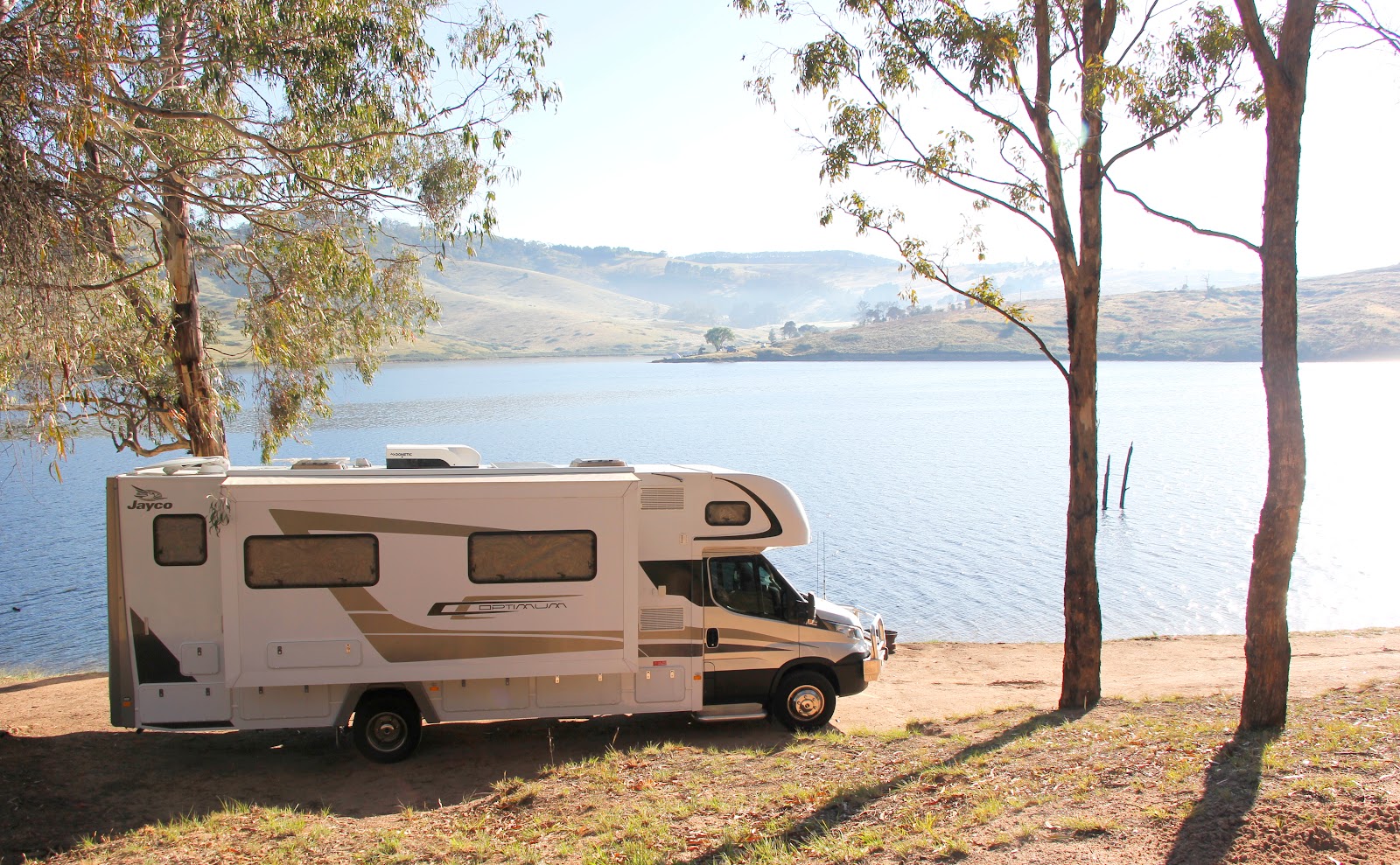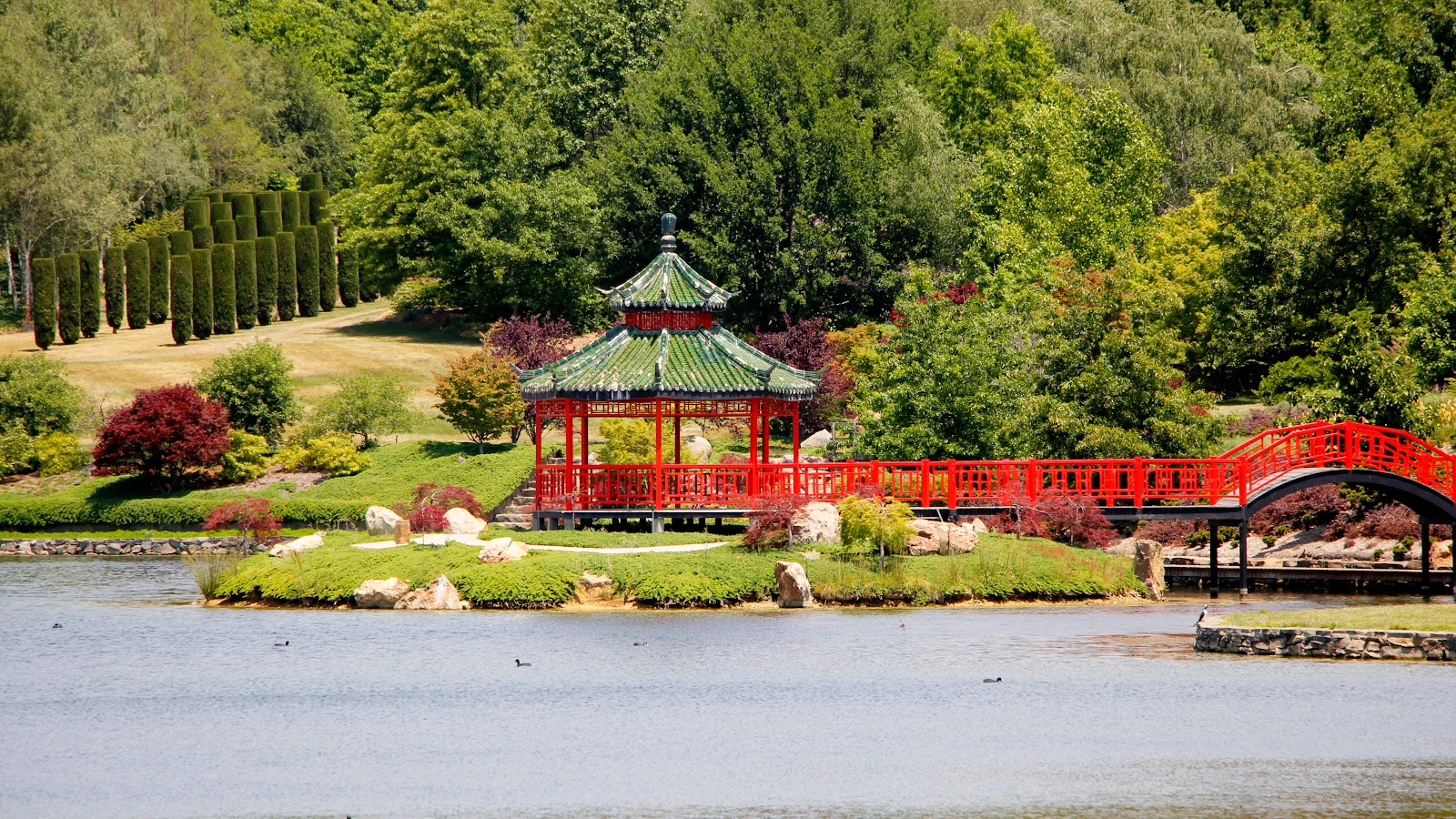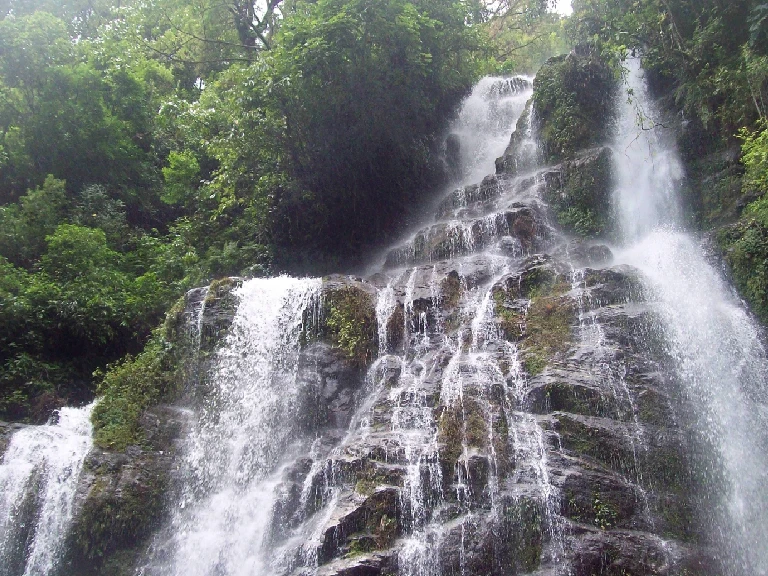At Lake Lyell
I
wake up before sunrise- a first in perhaps months. I crawl out of my tent to
find the ground wet with dew – outside, beyond the tent lies a black, brooding body
of water yet to come alive with the sparkle of light, while the sounds of the
animal kingdom are gradually on the rise, signifying the day has already begun.
I shiver in the morning cold but somehow make my way to the lake’s edge as the
eastern sky begins to illuminate with the promise of the rising sun. It rises
slowly from behind the hills bordering Lake Lyell and floods the world with
warmth in no time, thawing the vestiges of night. The world is suddenly transformed
into a beautiful place – green meadows sprawling all around a sapphire jewel of
a lake, cotton candy clouds of mist gambolling on the ground on the other side
of the lake, slowly vaporising with the heat of the morn, as galahs, lorikeets,
rosellas and black cockatoos chirp around in large numbers. The sky changes
colours very quickly from light purple to pink and I reassure myself it was a
great idea to decide to camp by the lakeside over a weekend.
We were camping on Lake Lyell near the tiny hamlet of Rydal. It was technically in the Blue Mountains – on its western fringes - but in a part that is not frequented readily by the average Sydneysider. Day-trippers from the city flock to Katoomba, even until Blackheath and Lithgow but not beyond. The evening earlier, we moved farther along the Great Western Highway crossing Mt. Victoria, Hartley, Bowenfels, then taking a sharp left to the bucolically named Magpie Hollow Road to arrive at Lake Lyell. It is a man-made lake, built in the 1980s by damming the Cox’s River and is pretty popular with locals for bass and trout fishing. Later in the day, as I was sitting by the lakeside and reading a travel brochure, I realised there were attempts to promote this region as ‘the Seven Valleys’ – a distinctive region akin to the Blue Mountains or the Southern Highlands, and creating a very rough perpendicular arc to the Great Western Highway, encompassing key areas such as the vales of Wolgan, Lithgow, Capertree (apparently home to the world’s second largest canyon after the Grand Canyon), Kanimbla, Megalong, Hartley and Tarana. Sparsely populated but bedecked with undulating hills, sprawling barns, fascinating vistas, and a lot of history including gold rush towns, Australia’s first iron smelting plant and shale-oil mining centres that were reduced to ghost towns (Glen Davies). I made a mental note to read and explore more of this region that I had known so little of till date.
By 9, the popularity of the lake was becoming quite apparent as day trippers and campers began pouring onto the lake - the kayaking, paddle-boarding, swimming, angling and water-scootering would continue until sunset as a lazy me decided to walk along the fringes of the lake and be content sitting under the pleasant shadow of a gum tree and read all day. Devoid of wi-fi and internet, I was happily ensconced in my kindle, taking occasional breaks and gazing dreamily into the therapeutic relaxing views of the lake. I have always found camping by a lake more rewarding than anywhere else. Campgrounds by the seaside, though very easy to find around Sydney are generally not located bang on the beach – the sea is always a bit of a walk away, and though you can hear it roar all the time, you will hardly be able to see it from your tent. On the hilly slopes around a lake though, you are spoilt for choices – there are vantage points everywhere and you can sit anywhere and take in the meditative views.
As
the sun rose on the sky, the sapphire blue of the lake began to contrast
extensively with the sparse greenish-yellow of the shores around it. On the
other side of the lake, perched atop a hill, I could see the stylish chalets of
a Japanese Bathhouse while farther below, a few gigantic boulders were strewn on
the lakeside, making me wonder of the primeval geology of this place. Australia
is the oldest of all continents, and it had would have tall mountain ranges
millions of years ago but these have all been eroded over time, as a result of
which the Great Dividing Range – the continent’s grandest – is dwarfed when
compared to the Andes or the Rockies which are newborns in front of the geriatric
mountains of this old land. But once upon a time, there were rivers larger than
the Amazon swirling through the land of the Blue Mountains, large inland seas teeming
with ancient dinosaurs, and constant upheavals under and over sea leading to
the formation and destruction of the land that we see today. Over 70m million
years back, even before the Himalayas had begun to form, the land around the
Blue Mountains began to lift upwards while torrential rivers – the primeval predecessors
to the Nepean, Parramatta and Cox - would
have scoured through the rising plateaux to form steep valleys, ravines and gorges
(also explaining the formation of the large canyon near Capertree). The large
boulders strewn were a forgotten testimony to the accumulating upheavals in
these lands over tens of millions of years ago.
Towards
noon, over-read and overfed, we decided
to go for a drive for a change. As if lake Lyell was not enough, we decided to
go dam-hopping to the Oberon reservoir, a 30-minute drive further south through
expansive plains and amber hills lined with emeraldine cypress and poplar trees
standing like sentinels on the undulating roads. We crossed the incredibly
sleepy towns of Sodwalls and Tarana to arrive to some bustle in the much large
town of Oberon – one of very few towns you would ever find named after literary
characters (this one was named after the Fairy-king in Shakespeare’s Midsummer
night’s dream). Oberon Dam is older to Lyell, built in the 1940s with the
purpose of supplying water to the then-nascent shale oil industry of Glen Davies
north of Lithgow. We then moved onto perhaps the biggest attraction in this
part – the Mayfield Gardens, rated one of the largest and best kept gardens in the
Blue Mountains region. Spread over 16 hectares and marketed as the country’s
largest cool-climate garden, it was a visual treat at every turn and corner.
Exploding with colours not just from its smorgasbord of flowers, but also from
the spectral shades of leaves and foliage, the garden was a far cry from the
jaded greens of the gum trees we had been so used to. We were almost surprised
at every turn –a towering obelisk here, spraying fountains there, grottos,
waterfalls, a Chinese pagoda, a hedge Maze not to mention the explosion of
flowers including camellias, hydrangeas, azaleas, rhododendrons and so many more.
My favourite were the water-lilies, abounding in colours some of which I had
never seen before, almost making me want to pick up a paintbrush and become a
Monet. Or perhaps a Shakespeare, writing a Midsummer day’s dream. I had to
admit that of all the gardens I had been to, including the famed Botanic gardens
of Sydney, Wollongong and Dubbo, Mayfield’s was the best.
Back at the lakeside campground, the sunset was as stunning as the sunrise, the sky warped in multi-colours. Being a weekend blessed with a fantastic weather, the camping ground was almost full, reminding me how popular this place was for regular campers. Saturday night also eked out a party-like atmosphere with the meats being grilled abundantly, wine flowing freely and lounge music pumping from multiple woofers until late at night, creating a sense of community hullabaloo almost in the middle of nowhere. It was only after midnight that silence once more descended upon this nondescript lake, as I kept staring at the night-sky scintillating with a million stars – a view very hard to get back in the night-skies of cosmopolitan Sydney.
Comforted by a gentle cool breeze, I must have stayed awake till very late staring at the night skies and the shimmering waters of the lake. It was only at 1 am that I decided to get into my tent and tuck into my sleeping bag - a nocturnal bird trilled far away, a shooting star zoomed above, a small inebriated group somewhere kept puncturing, softly, the somnolence of the night, while I admitted and reminded myself, camping by the lakeside is always a great idea…
18th
November’ 2023













Comments
Post a Comment